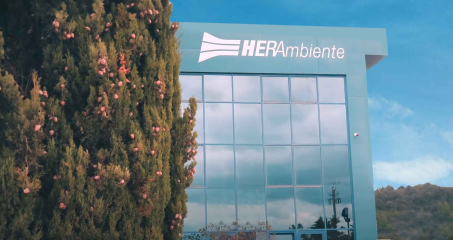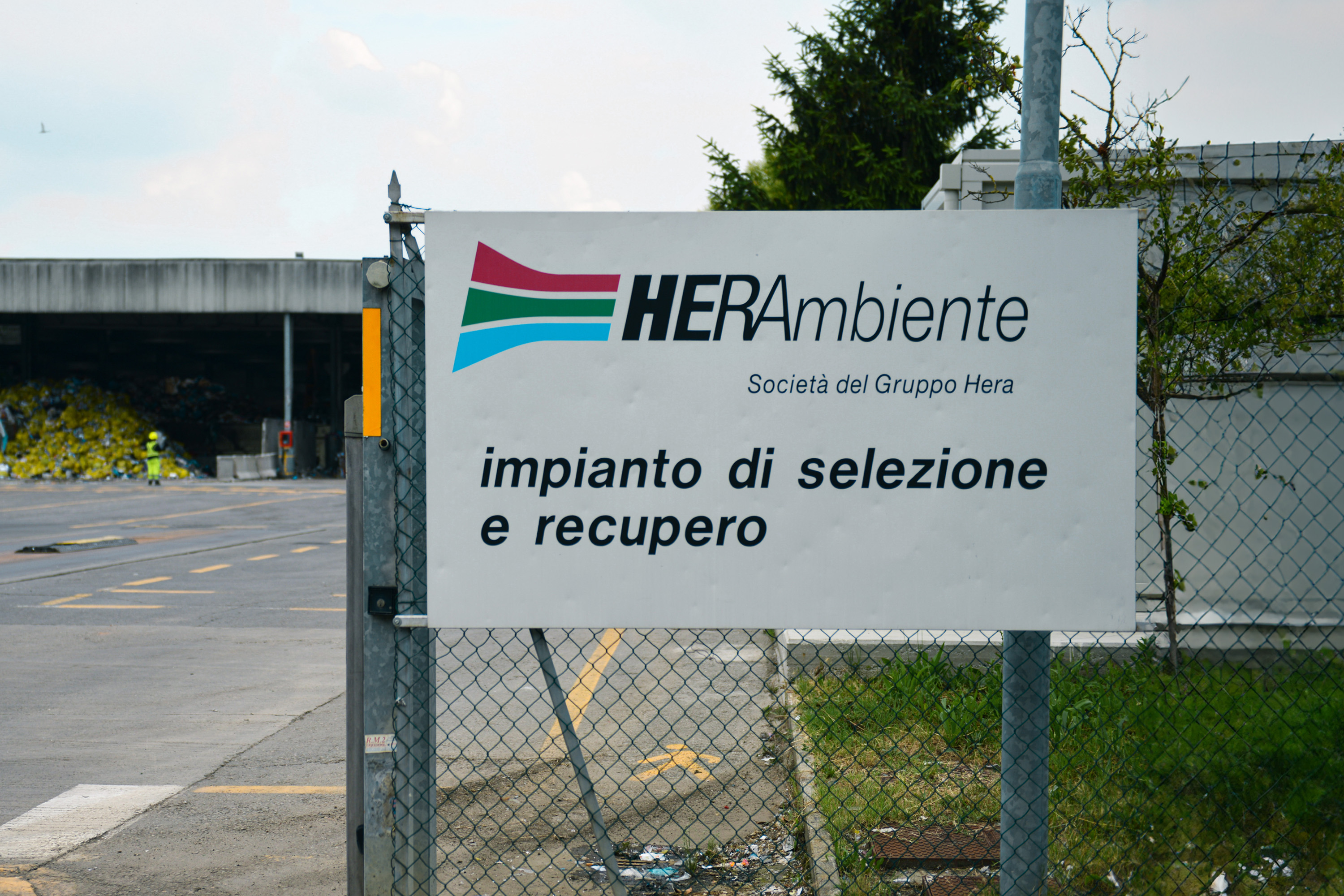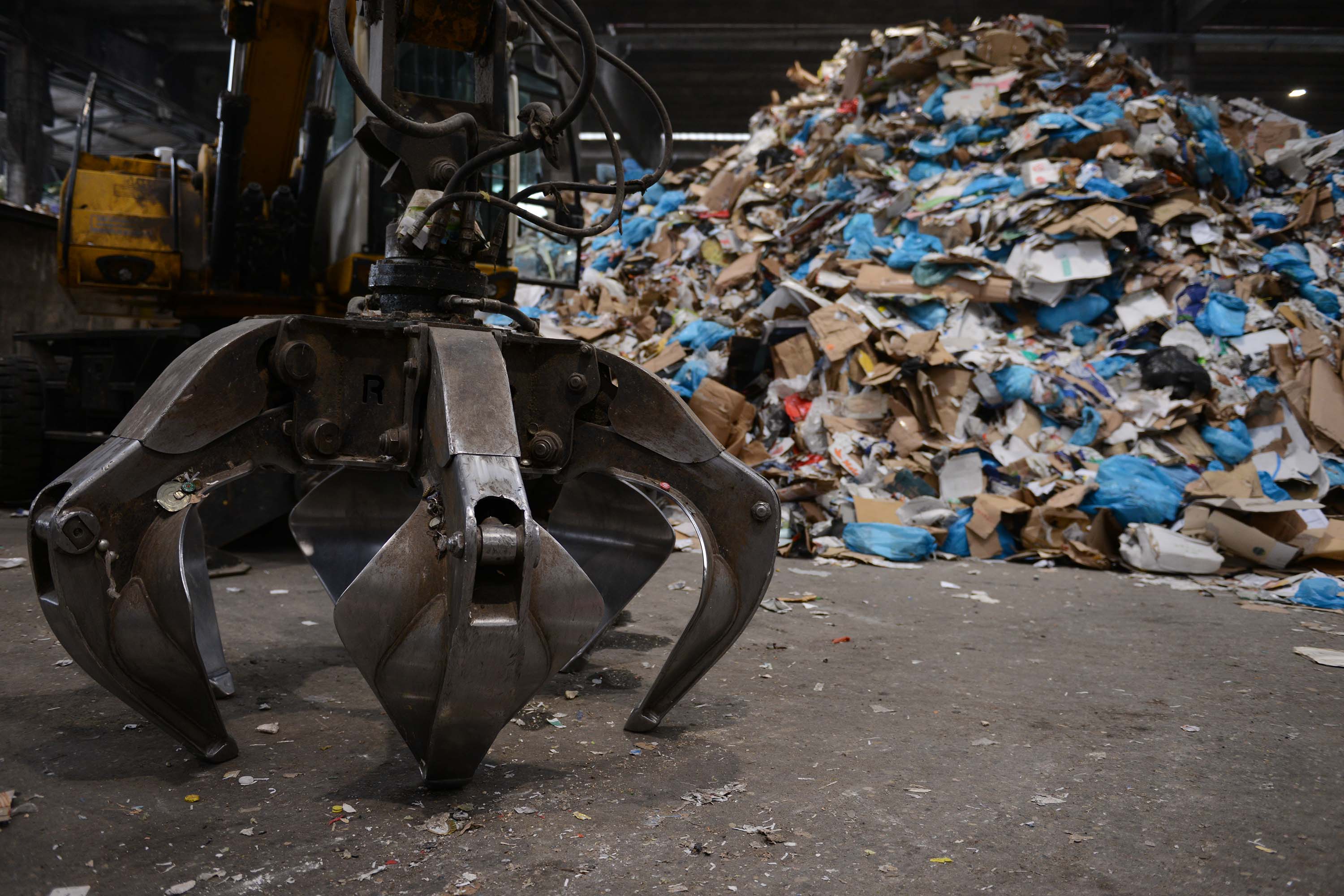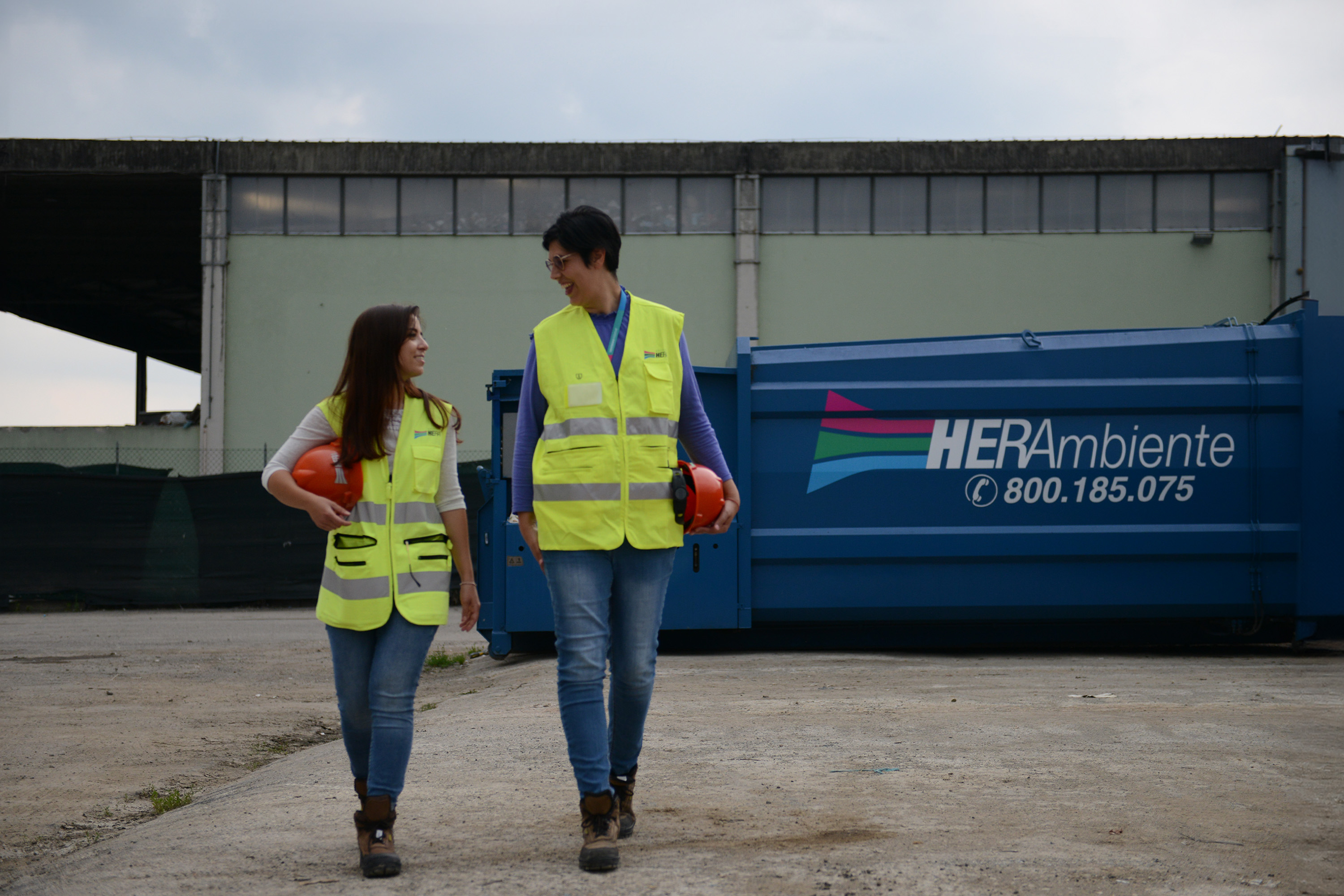Overview
The Modena storage, selection, treatment and recovery plant is equipped with 5 treatment lines: an automated selection line with a final pressing section, two pressing lines, a manual selection line and a shredding line.
The plant is able to manage: urban solid waste, i.e. waste deriving from the differentiated collection of dry mono and multi material fractions, which is carried out by the Municipalities and non hazardous special waste, i.e. waste deriving from production such as artisanal and industrial ones.
Page updated on June 4, 2021
Form
-
Annual treatment capacity
130,000 tonnes/year -
Type of waste accepted at the plant
paper and cardboard packaging waste, glass, plastic, tins, wood, ferrous materials, mixed materials, etc.; -
Subsequent destination of waste
Recovery consortia: CONAI (COMIECO, COREVE, RILEGNO, COREPLA, CIAL);<br>Material recovery plants: paper, glass, wood, plastic, aluminium, etc.; energy recovery plants. -
Treatment lines
5 -
Recovery efficiency
60% 65%
- a line devoted to the treatment of mono- and/or multi-material fractions of separately collected municipal waste and non-hazardous special waste (automatic line with optical readers), with subsequent volumetric reduction;
- a semi-automatic line that sorts the multi-material/bulky part of separately collected municipal waste and non-hazardous special waste;
- two lines are devoted to the volumetric reduction of incoming mono-materials after quality controls, or the fractions separated in the other selection lines described above.
The waste arriving at the plant is subdivided by type and subjected to checks on the quality and conformity of the materials. The plant has four separate treatment lines:
On these lines, the waste is put through a series of manual and mechanical operations (optical readers, sieves, magnets, etc.) for selecting the fractions present in the various flows of treated waste, in order to ensure adequate product uniformity of each recovered fraction by eliminating scraps and materials not amenable to recovery. The residue from the selection process is sent for use in recovery plants to produce secondary solid fuel or energy, or for final disposal in a controlled landfill.
On these lines, the waste is put through a series of manual and mechanical operations (optical readers, sieves, magnets, etc.) for selecting the fractions present in the various flows of treated waste, in order to ensure adequate product uniformity of each recovered fraction by eliminating scraps and materials not amenable to recovery. The residue from the selection process is sent for use in recovery plants to produce secondary solid fuel or energy, or for final disposal in a controlled landfill.
Authorisations













